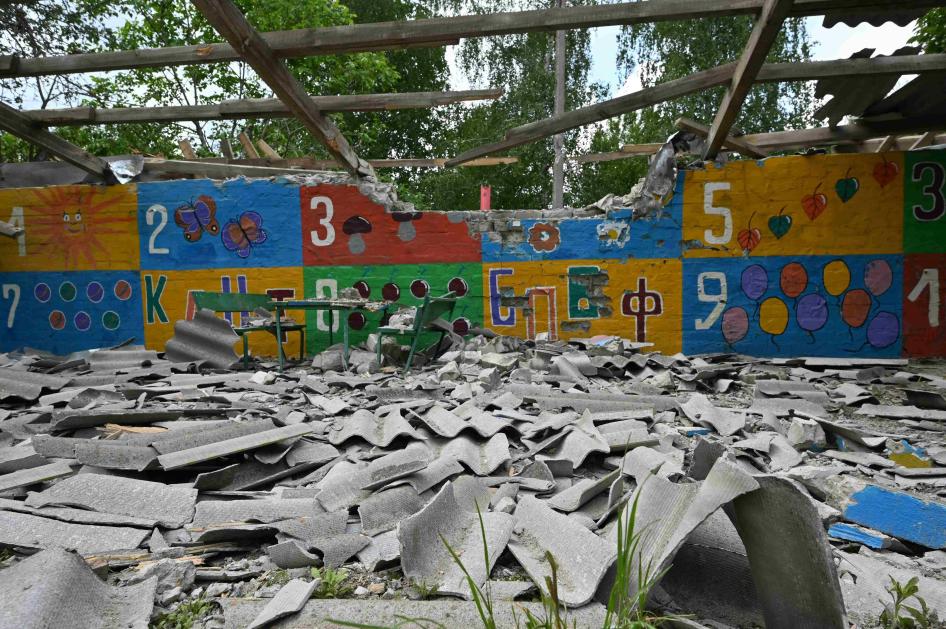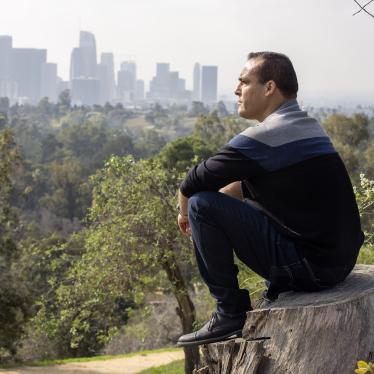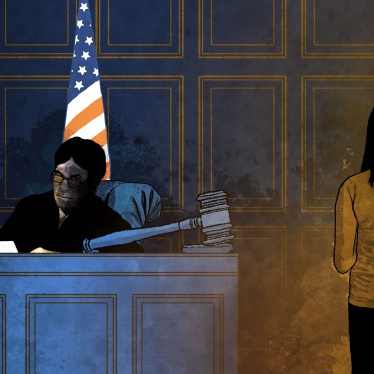Standing in a sunbeam from an open window, the young Afghan boy pointed to where children had found a landmine hidden under a burlap bag in their classroom.
The mine was not entirely unexpected, the teacher told me: the Taliban had recently posted a note in the local mosque ordering all schools enrolling girls to close. But the mine didn’t convince the teacher to close the school. Instead, she brought the students into her home. “It’s a challenge for me and I will never stop this school,” she said.
At the time — it was 2005 — I thought that violent attacks on students and schools were a uniquely Afghan problem. Today, we know such attacks happen in almost every armed conflict around the world, from Gaza to Ukraine and beyond. Every year, thousands of students and teachers are killed and injured, schools are destroyed, and children are denied the future that only an education can deliver.
There are 120 countries that believe this is unacceptable. They’ve all signed the Safe Schools Declaration, an international political commitment to protect education during war. Sadly, the United States isn’t one of them.
Reasons for attacking schools during conflict vary. Teachers and schools are highly visible, so they’re easy targets. To rebel groups, they may be symbols of the state. Attackers may oppose who or what is being taught, or simply see schools as good places to abduct children to conscript into their forces, indoctrinate, or rape. Our research has found that schools are also often targeted when they’re being used for military purposes, such as bases or barracks, and become lawful targets for attack.
This global problem demands a global solution. That’s why in 2015, countries joined together to initiate the Safe Schools Declaration. By endorsing the Declaration, countries agree to put their political muscle behind children and their education. They promise to investigate and prosecute attacks that violate the laws of war, help victims, try to continue safe education during wartime and restore access after attacks, and protect schools from military use.
The Safe Schools Declaration is working. It has brought public attention to attacks on education, raised awareness of the harmful consequences of militaries using schools, and increased stigma around both. More militaries are showing they can engage in combat without putting education on the battlefield. They are understanding that military use of schools costs more strategically than it gains because it loses “hearts and minds” and undermines international aid money for education.
Over a dozen countries have revised their military guidance to ensure more protection for schools and education, including Denmark, Ecuador, New Zealand, Norway, Spain, Switzerland, and the United Kingdom. Ukrainian authorities, in the face of the full-scale Russian invasion, issued a high-level military order to avoid using schools. Burkina Faso, the Democratic Republic of Congo, and Kenya have prosecuted people responsible for attacking schools. Alongside these countries, UN peacekeepers have nearly stopped deploying in schools.
Key UN officials have also urged countries to endorse the Declaration.
What’s baffling is that the United States ostensibly supports all the elements of the Safe Schools Declaration. The U.S. military already includes schools in its official “no strike” lists, recognizing that schools not being used for military purposes are protected civilian property under the laws of war. Other agencies of the U.S. government already fund education before, during, and after conflicts.
What’s more, the International Committee of the Red Cross (ICRC), the guardian of international humanitarian law, says it supports the Safe Schools Declaration because while the Declaration does not change the laws of war, it improves compliance with them. So even Pentagon lawyers who hone close to the letter of the law have nothing to be concerned about.
The United States should also recognize the strategic value of signing on. Its main military allies have already endorsed the Declaration and found it feasible. Endorsing the Declaration would help preserve the significant U.S. investment funding education globally, when the schools it builds are not turned into military barracks or destroyed in fighting. An endorsement would put the U.S. on the right side of a global movement to protect schools from attack, one that is already making such a difference in war-affected countries.
Signing a declaration that protects schools and education during wartime should be an easy sell for the U.S. government. The Declaration couldn’t be more timely or relevant, including for Gaza, given Israel’s recent bombing of a UN school there, which Israel claimed was a Hamas compound. Upholding girls’ education was a popular justification for U.S. involvement in Afghanistan, and U.S. investment helped educate thousands before the Taliban’s return to power.
Almost 20 years after our meeting, the Afghan teacher’s determination and bravery stays with me, especially now with the Taliban’s draconian ban on girls’ secondary and higher education. The United States should join the Safe Schools Declaration and support the global movement to protect education from attack.








